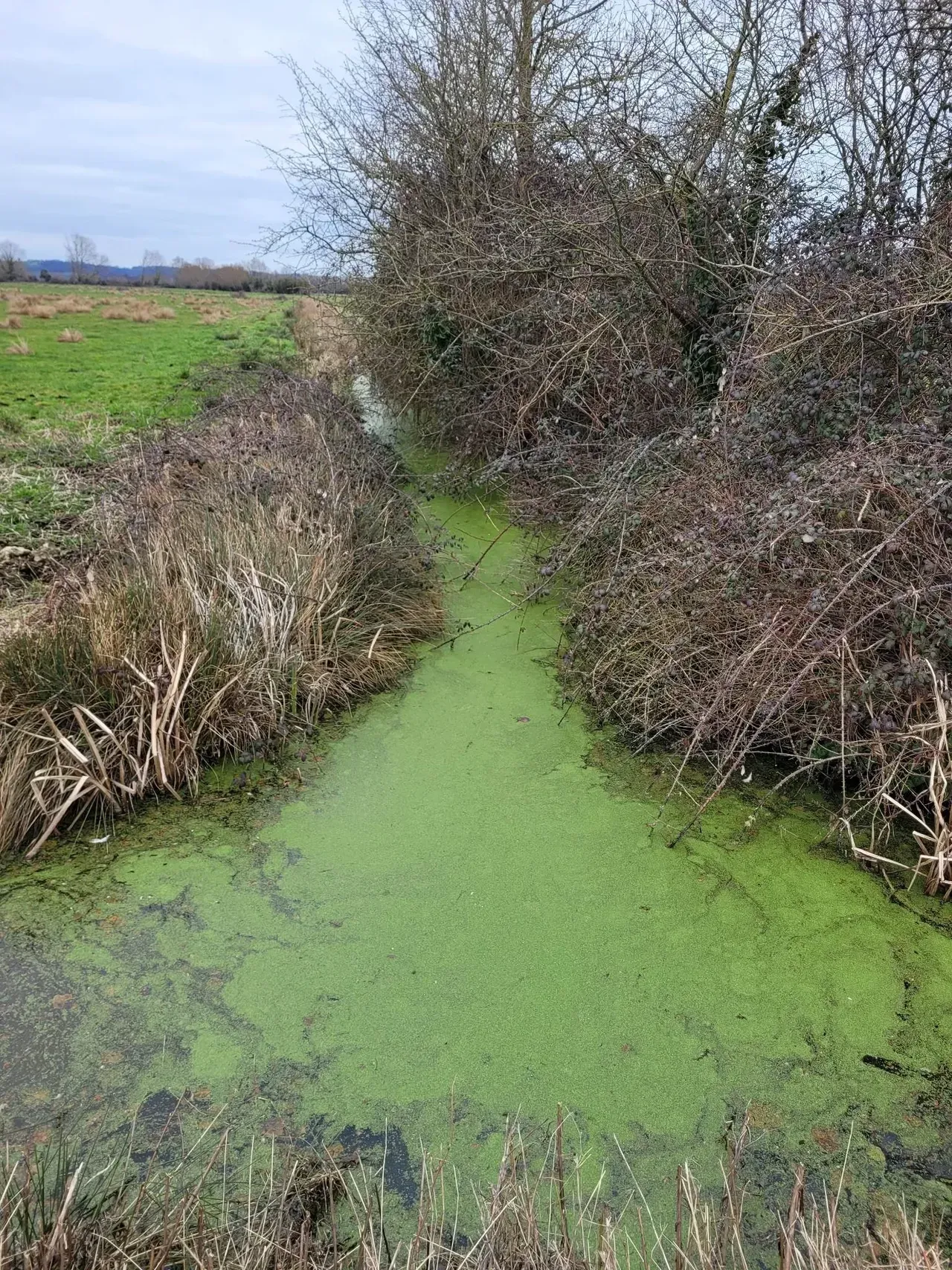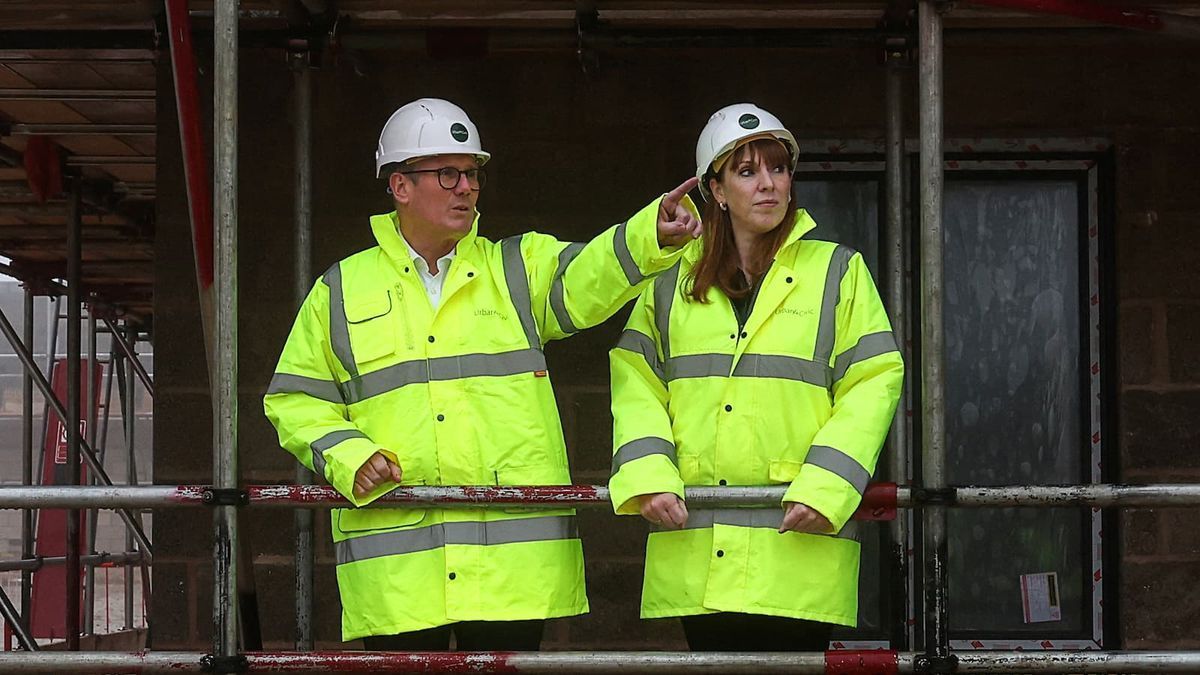Nutrient Neutrality = Sorted


Enviren has been producing nutrient neutrality assessments since very early on in Nutrient Neutrality crisis and we believe we are the best at what we do, offering the most comprehensive range of practical solutions at a reasonable price with the client very much at the forefront of our minds. We offer a service which looks to protect the clients assets following our hierarchy of mitigation:
- Look at existing site arisings and demonstrate nutrient neutrality without any mitigation measures.
- Introduce site specific, engineered controls to achieve nutrient neutrality.
- Look at surrounding land holdings to deliver mitigation.
- Pursue a credit based system to provide the necessary offsetting.
At this point we believe that we can achieve nutrient neutrality for the vast majority of developments (over 90%), with our service we outline how we plan to achieve nutrient neutrality prior to completing the report to ensure that the client is absolutely satisfied with the proposals we bring forward. Through our mitigation methods clients have saved tens of thousands of pounds and their planning applications have been expedited. Our mitigation strategies include:
- Discharge of wastewater to ground through a drainage field.
- Discharge of wastewater to ground through a drainage mound.
- Replacing septic tanks with Package Treatment Plants.
- Replacing existing Package Treatment Plants with higher performing Package Treatment Plants.
- Undertaking plume spread analysis.
- Removing surface water from the combined/foul sewer network.
- Introducing water efficiency measures.
- Installing greywater recycling systems.
- Introducing rainwater harvesting systems.
- Utilising zero-discharge willow beds.
- Designing Sustainable Drainage Systems (SuDS) specifically for the removal of nutrients.
- Analysing localised potential for denitrification and biological precipitation
- Introducing filter beds to provide secondary and tertiary cleansing.
- Utilising interception measures to reduce nutrient loads.
- The detailed design of wetlands to reduce nutrient loads.
- The design of riparian buffer strips to reduce nutrient loads.
- Connecting existing development to the sewer network to provide the requirement mitigation.
- Converting surrounding land to a less phosphorus intensive land use.
Do not delay, get in contact with us today to see how we can assist and get your planning application back on track.

Nutrient Credits & Septic Tank Upgrades
Creating value through environmental solutions - In partnership with National Rivers Consortium
Share
Recent Posts



